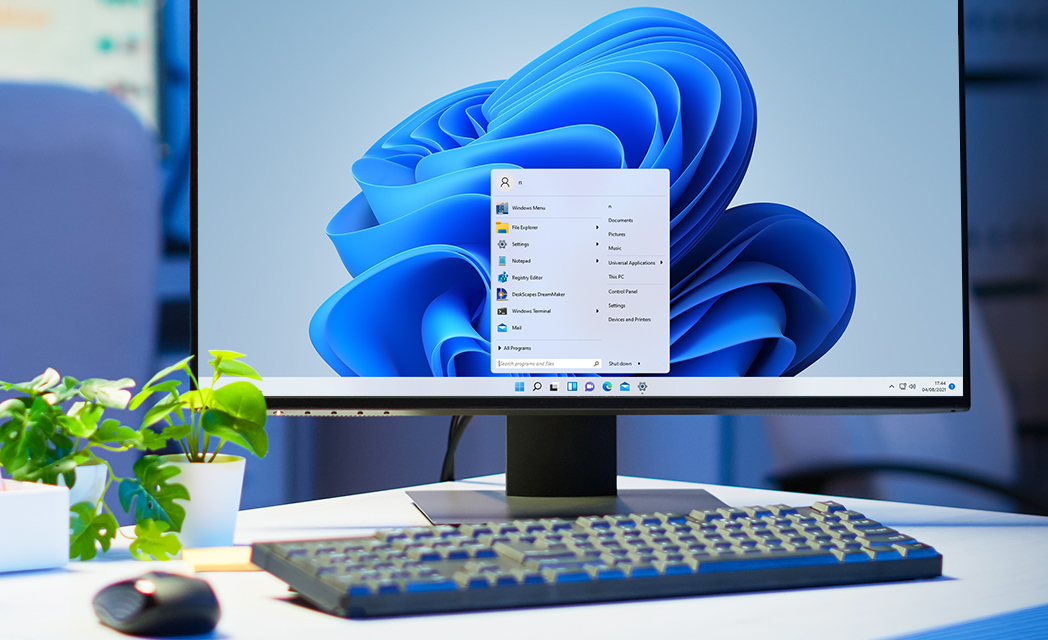If you’re having trouble playing games at high settings, then you might want to check if your graphics card is working properly. If you’re having problems with your graphics card, then you’ll probably want to upgrade it.
But before you buy a new graphics card, there’s a few things you should consider first.
In this article, I’m going to explain how to check if your GPU is working properly.
What Causes a GPU to Fail?
The most common reason for a GPU not being able to run the game smoothly is overheating. The heat generated by the GPU can cause damage and even burn out components of the motherboard or CPU. This will result in an unstable system that won’t be able to play any games without crashing. To avoid these issues it’s always advisable to do compatibility checks on site like pc builders.
Another possible problem could be bad drivers. You may have installed the wrong driver version from Nvidia or AMD. Or maybe you’ve got some third-party software interfering with the video output on Windows 10.
Firstly, inspect the hardware
Before buying anything, make sure everything looks good. Check all cables are connected correctly and look for loose connections. Also, try turning off unnecessary devices like USB hubs or other peripherals.
You need to take a careful look around the computer case as well. Is there enough ventilation? Are fans running? Do they spin up when needed?
Checking the power supply
You also need to check whether the PSU has sufficient capacity. A low quality PSU can easily overheat which would lead to failure. Make sure the fan spins constantly while gaming so that excess heat doesn’t build up inside the PC.
Also, don’t forget about the cooling vents! They shouldn’t be blocked by dust or dirt.
Run some GPU performance tests or play some games for a few hours
Once you know what kind of hardware you have, it’s time to test its capabilities. Run some benchmarks such as 3DMark Fire Strike and see how much FPS you get. It’s important to note that these results aren’t always accurate because they depend heavily on the type of graphic cards used. However, they give us a rough idea of how powerful our GPUs really are.
Also, play some games.
Signs & Symptoms of a Bad Video Driver
There are several signs that indicate a faulty video driver:
1) Slow gameplay – When you start playing a game, does it feel sluggish? Does it lag behind during action scenes? These symptoms usually mean that your video driver isn’t configured properly.
2) Black screen – Sometimes, after installing a new video driver, you might experience black screens. This means that something went wrong with the installation process. Try reinstalling the driver again.
3) Stuttering/Laggy Gameplay – Some people report stuttering issues when using certain types of video drivers. In order to fix them, uninstall the current driver and install another one instead.
4) Crashes – Your computer might crash due to improper configuration of the video driver. To avoid crashes, follow the instructions below carefully.
5) Blue Screen Of Death – BSoDs occur when your operating system encounters errors caused by misconfigured drivers
Swap Monitors
If none of this works, then swap monitors. If you’re having problems with both displays at once, then it’s probably best to just buy two separate graphics card setups.
Check Card Visibly
It’s not uncommon for manufacturers to put stickers on their products stating “Made in China”. While this is true for many components, it’s often misleading. For example, an Intel CPU will say “Intel” but actually come from Taiwan. The same goes for most RAM modules. So before purchasing any component, do yourself a favor and read reviews online.
Check Device Manager
Another way to find out if your device is functioning properly is through Device Manager. Look under the Display adapters section and click the View details button next to each adapter listed there. Scroll down until you reach NVIDIA GeForce GTX 980 Ti Graphics Controller. Click the Properties button and scroll down to the Details tab. Here you’ll find information regarding manufacturer, model number, revision level etc.
Check Hardware for Damage or Debris
Sometimes, debris gets stuck between the motherboard and the case. You should remove all screws holding the chassis together and clean everything thoroughly. Also make sure no cables are damaged.
Conclusion
Hopefully, we’ve been able to help you identify whether your GPU is malfunctioning or not. We hope you found this guide useful! Good luck! 🙂




![How to solve [pii_pn_21b9045d86dc3fd89da8] error?](https://readitloudly.com/wp-content/uploads/2021/09/microsoft-outlook-1280x720-21.jpg)